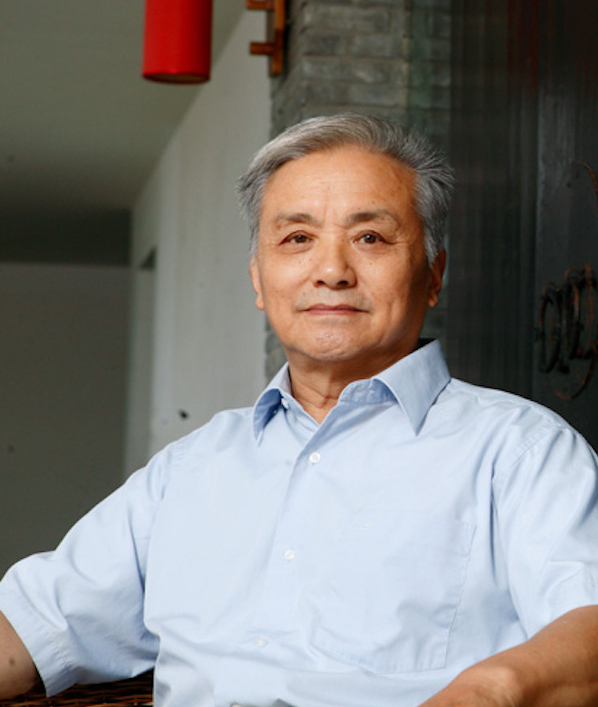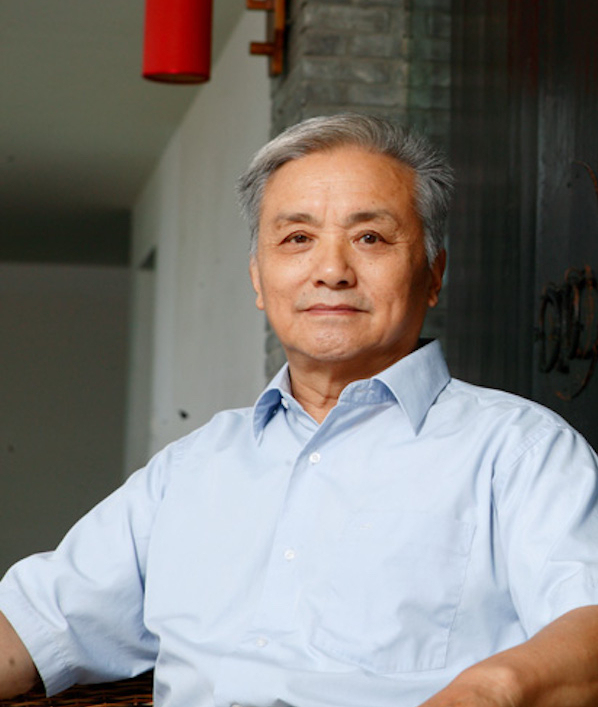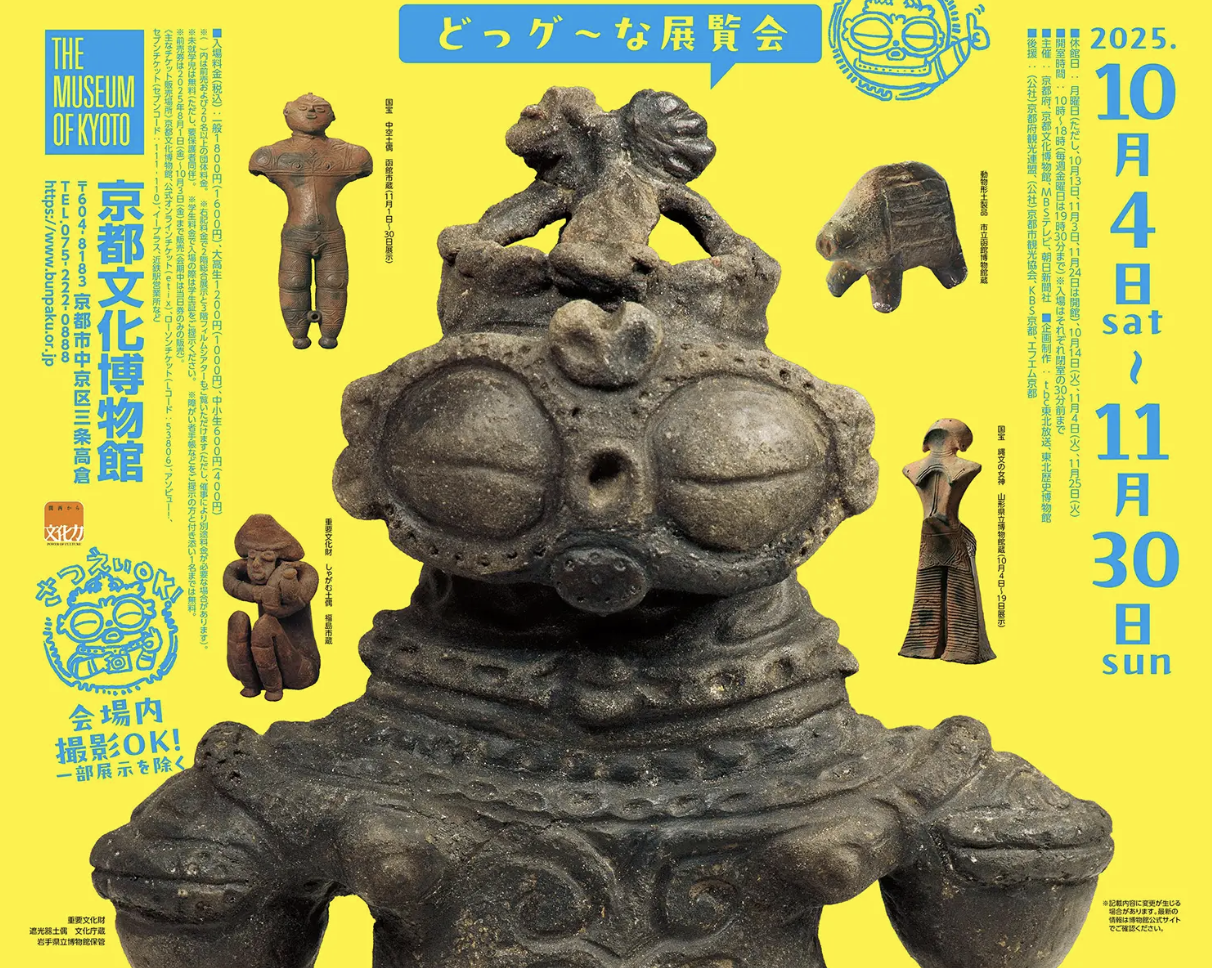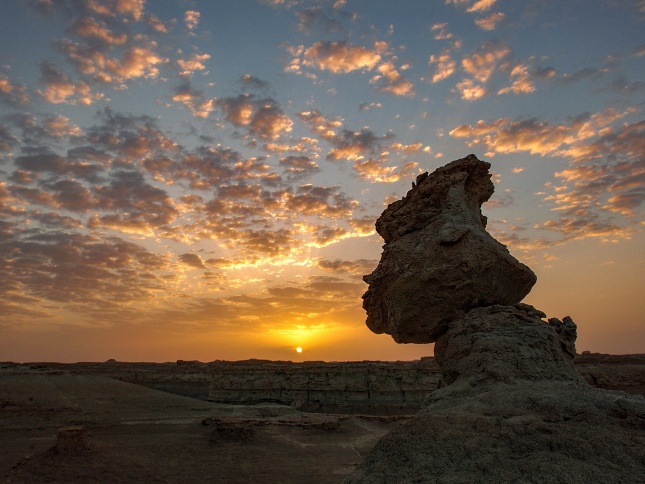
Over the decades of rapid urbanization in China, numerous ancient cities, towns, and villages are undergoing subtle changes—some have been emptied out, some have been "beautified," and some have lost their lived-in character in the process of tourism development. Those everyday spaces that constitute regional civilization now increasingly need a record that comes from the scene, from footsteps, and from authenticity.
The Paper learned that the five-volume "Gleanings from the Past: Field Surveys of Ancient Cities, Towns and Villages in China," published by the Oriental Publishing Center, is such a vast and meticulous "on-site document." The book was completed by a team of teachers and students from the National Research Center for Historical and Cultural Cities at Tongji University, organized by Professor Ruan Yisan, who has dedicated decades to the preservation of ancient cities and towns. Based on more than ten years of field surveys, it includes 250 ancient cities, towns, villages, and historical districts in Fujian, Xinjiang, Shanghai, and other regions, and compiles over 3,000 real-life photographs and nearly 200 survey maps.

Professor Ruan Yisan, dedicated to the preservation of ancient cities and towns

Book cover of the five-volume series "Gleanings from Lost Gems"
Zhang Song, a professor at the College of Architecture and Urban Planning of Tongji University, is a scholar who has long been committed to the protection of historical and cultural heritage and a student of Ruan Yisan who participated in the book. In a recent interview with The Paper, he said that the book is a "documentary archive in the process of contemporary urbanization" and a record that is in sync with the present and relevant to the future.
More than a decade of field research: A "real archive" of Chinese towns and cities.
In the preface to "Gleanings from Lost Treasures (Five Volumes)," Ruan Yisan emphasized: "The premise of protection is seeing." From this point of view, the significance of this set of books goes far beyond a picture book; it is a "preservation of historical scenes."

On-site inspection of Wang Family Courtyard in Songping Ancient Village, Liangshan Prefecture, Sichuan Province

Elevation drawing of Wang Family Courtyard in Songping Ancient Village
Professor Zhang Song recalled to The Paper that the "Hidden Gems" series can be traced back to its publication in the magazine "Urban Planning" in 2003, while the systematic investigation work started even earlier, around the late 1990s. "Looking back at these materials now, they have indeed formed a documentary archive and image database of the preservation status of ancient towns, villages and old streets in the process of contemporary urbanization."

Book interior pages
He believes that, consistent with the logic of international heritage protection, the "document-image-map" archiving system is itself part of the protection action. "For example, the UK was the first to keep records of the protection of historical buildings, and later it developed into a comprehensive survey and research of the historical environment and digital archiving, all of which are the foundation of protection practices."
In his view, "Gleanings from Lost Gems" is an important supplement to this system within the Chinese context. In this series, almost every field trip follows a certain structure: settlement pattern, architectural type and details, folk customs and lifestyles, current state of preservation and recommendations. This structure is both a method and an attitude—a way of restoring the original appearance of local culture through holistic observation.

Research on the Inheritance of Traditional Crafts in Jianchuan Ancient Village, Lishui, Zhejiang
“From layout to folk customs, this holistic perspective is itself the most important characteristic of Chinese cultural heritage,” Zhang Song said. “China’s heritage is not isolated buildings, but a human settlement culture that intertwines nature, society, and lifestyle.”

The layout of the kiln courtyard is characterized by "five open kilns and four hidden kilns with six side kilns" (Liujiamou Ancient Village, Yulin, Shaanxi).
Focusing on local contexts: From Ningde to Kashgar, from Shuikou in Fujian to cave dwellings in Shaanxi
Take the newly published "Gleanings from the Past (Volume 5)" as an example. The book covers a wide range of regions, from the southeast coast to the northwest plateau, from the water towns of Jiangnan to the traditional dwellings of Kashgar. The "local power" presented in the book is so strong that it can be felt everywhere.
Professor Zhang Song mentioned that what impressed him most in this series of books was "the cave dwellings of Shaanxi". "The living environment that is completely integrated with the topography is very impressive. It is a space that is almost a joint creation of nature and handcraftsmanship." He said, "But their preservation is worrying - how to find a balance between the needs of modern life and traditional forms, how to protect, revitalize and utilize them, and restore their vitality? These are real and urgent issues."

Independent cave dwellings (Liujiamou Ancient Village, Yulin, Shaanxi)
The book documents several villages that illustrate this predicament. For example, the water-based villages in the mountainous region of Ningde, Fujian, are built close to waterways, with buildings growing along the mountainside, representing a typical "waterway culture" lifestyle. The Kashi Gaotai residential area, a streetscape shaped by multiple ethnic cultures, faces the challenge of rebuilding its sense of identity during modern renovations and tourism development. Guiqiao Ancient Village in northern Jiangxi retains both traditional clan spaces and traces of modern rural education, serving as a model of "a small place with a great history."
This book series uses images, maps, and text to capture these "real diversity" moments—reflecting local cultures and providing valuable clues for future research.

The partition screen of the old house in Luo Family Mansion (Luojiagangwan Ancient Village, Wuhan, Hubei Province)

Wood carvings on doors and windows of the Luo Family Mansion (Luojiagangwan Ancient Village, Wuhan, Hubei Province)
Preservation is not about making things "look good," much less about "creating fake antiques."
In the process of urbanization, many ancient towns have been renovated to be "beautiful," but have lost their vitality. The "authenticity" emphasized in "Picking Up Gems: Exploring Ancient Cities, Towns and Villages in China" is, in Zhang Song's view, a response to many current misconceptions.
"Looking good isn't a sin, but what's most worrying is the aesthetics of power and money," Zhang Song said bluntly. "Problems begin when those in power impose their personal aesthetics on public spaces." He pointed out that whether it's "the atmosphere of everyday life" or "the texture of history," their essence is a lifestyle, not just an external decoration.

Wood carvings and paintings at the Fang Family Temple (Yangxia Ancient Village, Zhangzhou, Fujian)
Furthermore, the harm of "demolishing genuine historical sites and creating fake antiques" is a well-worn topic. "Falsifying the sense of history is a destruction of real heritage," Zhang Song emphasized. "Whether it's demolishing the real to build a fake, or excessive restoration with embellishments, it all damages authenticity and integrity."
Numerous cases in "Gleanings from Lost Gems," such as those from Fujian, Hubei, and Zhejiang, illustrate this point: when life fades away, heritage becomes an empty shell; when authenticity is replaced, the cultural foundation is weakened.

Babao Ancient Village (Babao Ancient Village, Ningde, Fujian)
Shanghai's "Urban Aesthetics": Human Nature, Diversity, and Collage
Due to the rapid changes in Shanghai's historic districts, the "Hidden Gems" series focuses on historical areas with a strong "Shanghai character," such as the Old City, Tilanqiao, and Yangshupu, which bear witness to Shanghai's origins, development, and transformation.

Jinling East Road has a close geographical relationship with the Huangpu River and Lujiazui.
Zhang Song believes these places are a microcosm of Shanghai's urban aesthetics: its humanistic nature, diversity, and collage-like character. The humanistic nature stems from the spatial logic of Jiangnan cultural genes, enabling residents to "make the most of limited space." The diversity, imbued with the essence of Shanghai culture, represents the coexistence and integration of multiple cultural elements within the same city. The development from the old city, concessions, and industrial zones to the Lujiazui financial district constitutes a typical "collage-like metropolis," reflecting Shanghai's modernity. It is precisely this juxtaposition and layering that makes Shanghai's urban memory unique and rich.
As for how to keep the old city alive, "the key is to have people living there," Zhang Song said. "It's not just about having old residents, but also new residents. For the old city to be loved by young people, it certainly needs to improve living conditions and adapt to the needs of modern life. The old city must be integrated into the modern environment of the new city with dignity and continue to maintain its vitality and urban dynamism."

Longmen Village, once a bustling and lively old town
In response, Ruan Yisan has consistently emphasized that historic districts are "living spaces," not "heritage exhibits." Zhang Song added, "The goal of urban renewal is to create high-quality urban living spaces."
In this respect, the cases presented in "Gleanings from the Past" offer a wealth of feasible references for contemporary urban renewal. At the same time, these retrospectives also pose a question for the future: what kind of China do we hope to leave behind amidst the tide of urbanization?


